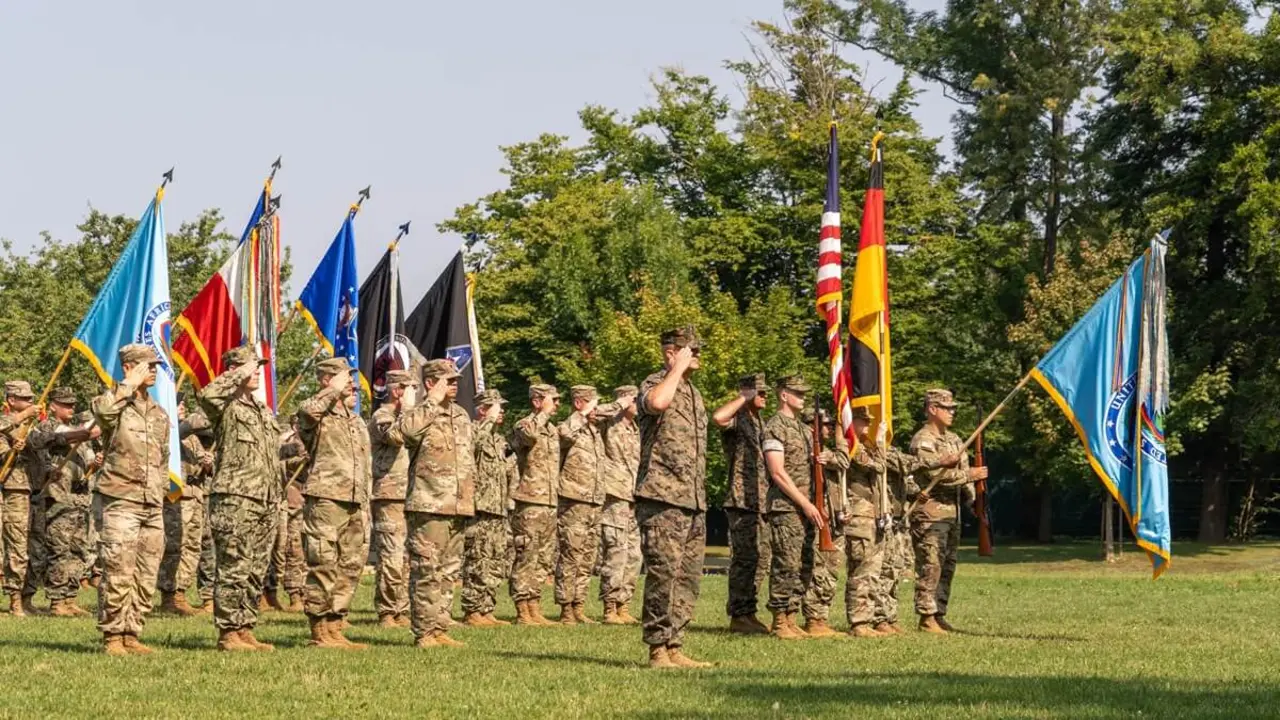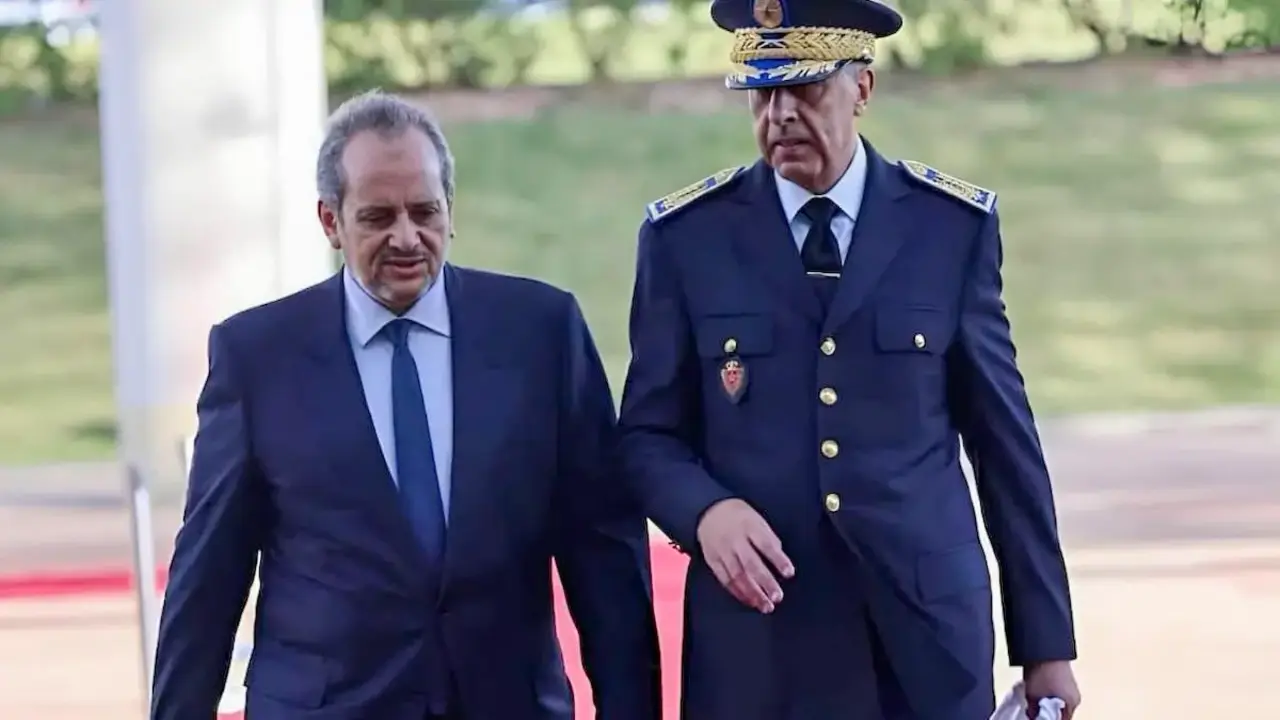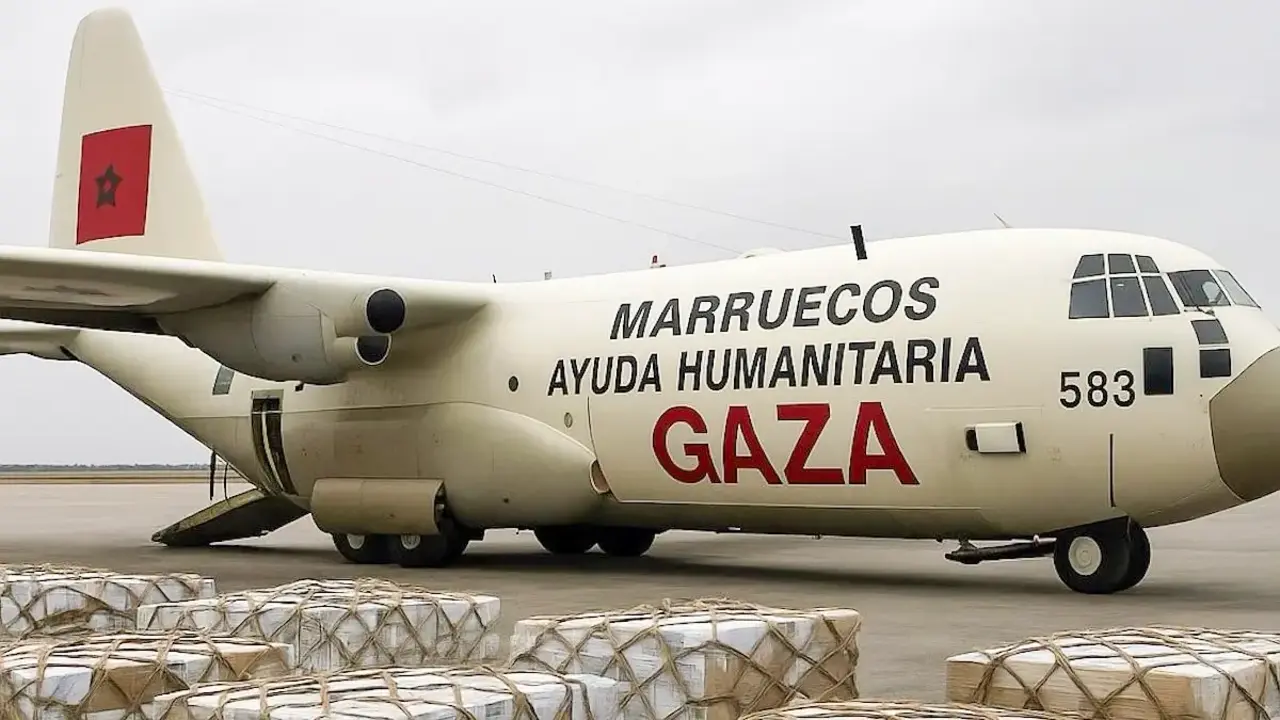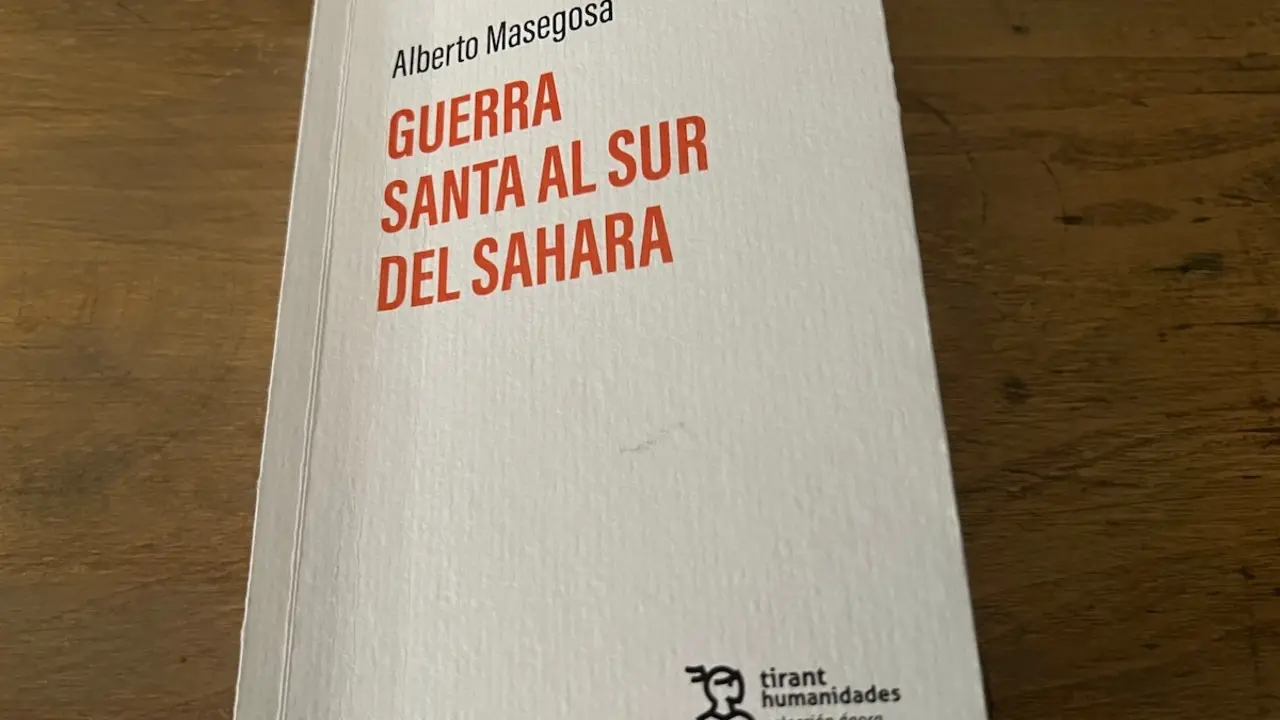The scars of Russia's invasion of Ukraine: entire villages razed, uninhabited and mined
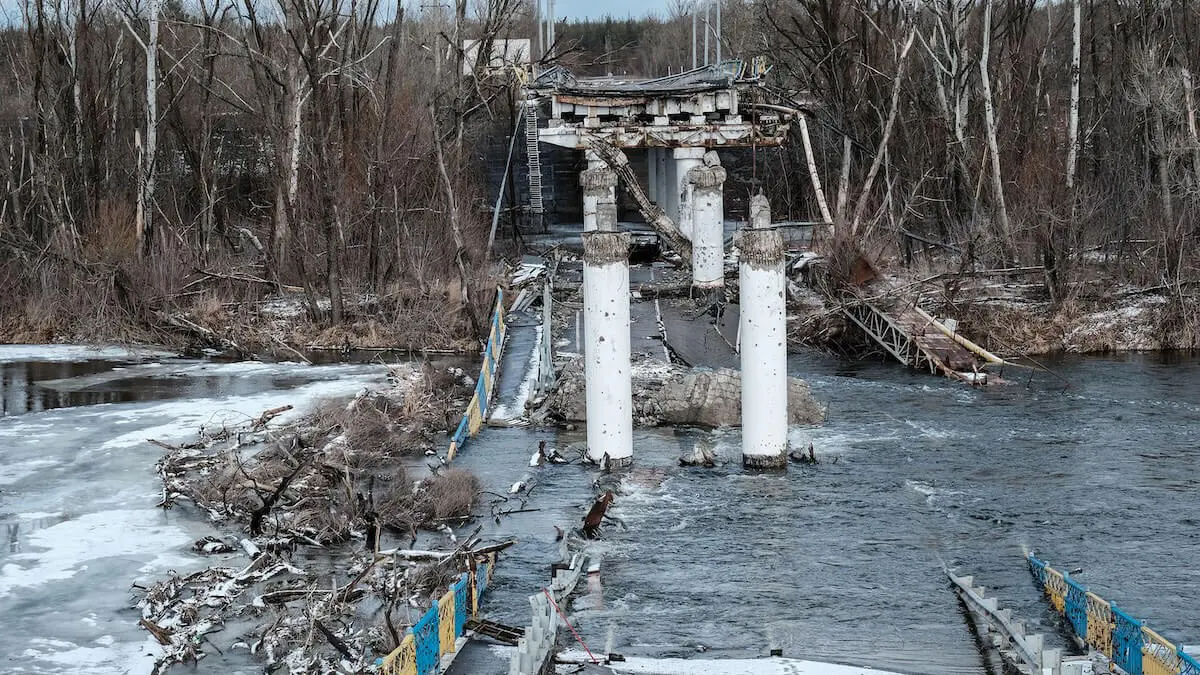
Maria Senovilla, Sviatorhirsk
To drive along the road connecting the Dombas with southern Izyum (Kharkiv) is to embark on a journey through the desolation of war. Entire villages, shelled and without a trace of life, emerge on both sides of the road, one after the other. It is not even possible to stop to walk through their streets - or what is left of them - because they are strewn with mines. It is the poisoned gift left by the Russian troops when they occupied this region.
In some places the occupation lasted almost six months, in others a little less. But it was long enough to generate some of the harshest testimonies of this war: the accounts of the torture chambers and the atrocities the Russians committed in them. Tortures almost medieval in some cases, which were carried out with total impunity in the 21st century -and which are probably still being committed today in that 20 percent of Ukraine that is still under Russian occupation-.
Along with the fear that Ukrainians felt of being arrested at any moment by the occupiers, there were food shortages, lack of medicines, cuts in electricity, gas and running water. And the deep destruction that was reducing their homes to ashes in the midst of endless artillery duels.
Many fled during the first weeks of the war, especially families with children. But those who stayed - many elderly people - spent most of that time sleeping in unsanitary cellars, praying that the next morning, when they emerged from those holes, their homes would still be standing.
In many cases their pleas did not work. Ten percent of Ukraine's housing stock has been destroyed during these two years of invasion; and the Kharkiv region accumulated the most destruction, along with parts of Dombash. Not only private houses were reduced to rubble, but also schools, hospitals, universities, libraries, churches. Nothing was respected -still is not respected today, with the upsurge of new Russian bombardments that have not given truce in this part of the country since the beginning of the year-.
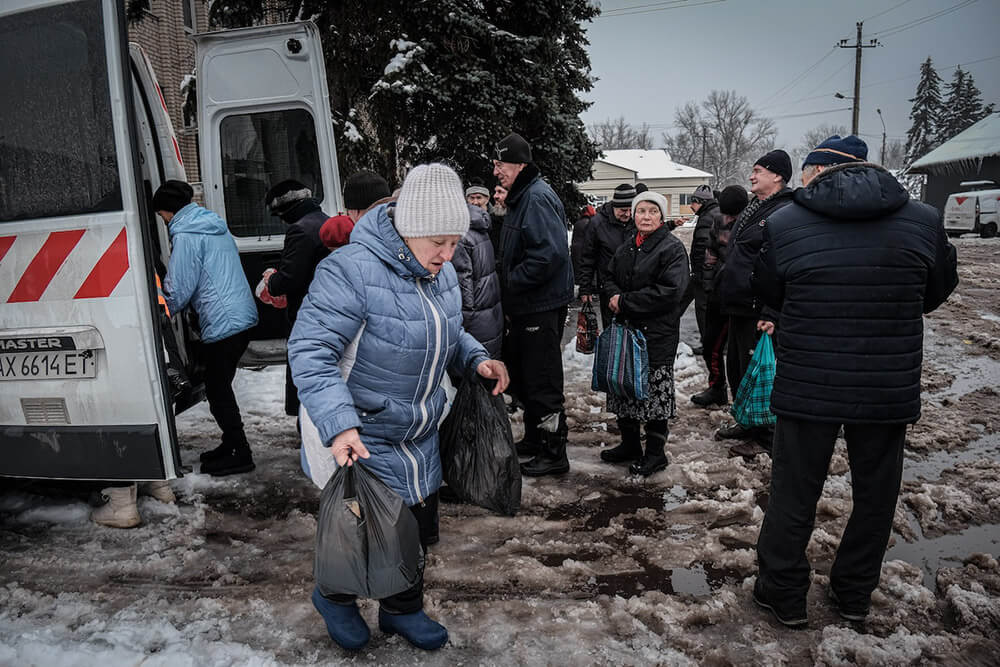
Help with humanity
The road takes us to Sviatorhirsk, in a beautiful valley known for housing the Monastery of the Holy Mountains of the Transit of Mary, on the banks of the Donetsk River. There were 12,000 people living in this village before the war, today about 10 percent remain. During the occupation - between June and September 2022 - there were even fewer, but some families decided to return and start rebuilding their homes.
This is the case for Katerina and her husband, Roman. "We knew that after the de-occupation we had to return to our homeland and help people recover from the invasion," she recounts. Today the couple coordinates one of the kitchens that Spanish chef José Andrés' NGO, World Central Kitchen, has opened in Ukraine.
Every day they deliver food to more than 600 people. "Two months ago there were more than 1,000, but many people left when the winter started, because the conditions here are very hard: there is no heating or gas, and although they have reconnected the electricity, blackouts are very frequent," explains Katerina. It has been a year and a half since Ukrainian troops liberated the city, but they are a long way from being able to resume normal life.
The trickle of people passing through this canteen is incessant. "They collect the rations between 12 and 2 p.m. every day, but we also distribute them around the village with a van," clarifies Katerina. A total of twelve people work in this soup kitchen. "The salaries are small, but they help the families to stay here and continue little by little with the reconstruction," she adds.
Beyond the salaries, the smile with which they help their neighbors reconciles you with the world. In these two years of war, desolation and death, I have had the opportunity to see many humanitarian aid deliveries. The people who receive it are usually very reluctant to be photographed: their serious faces indicate that they do not want to be seen in that moment of vulnerability that has led them to ask for food.
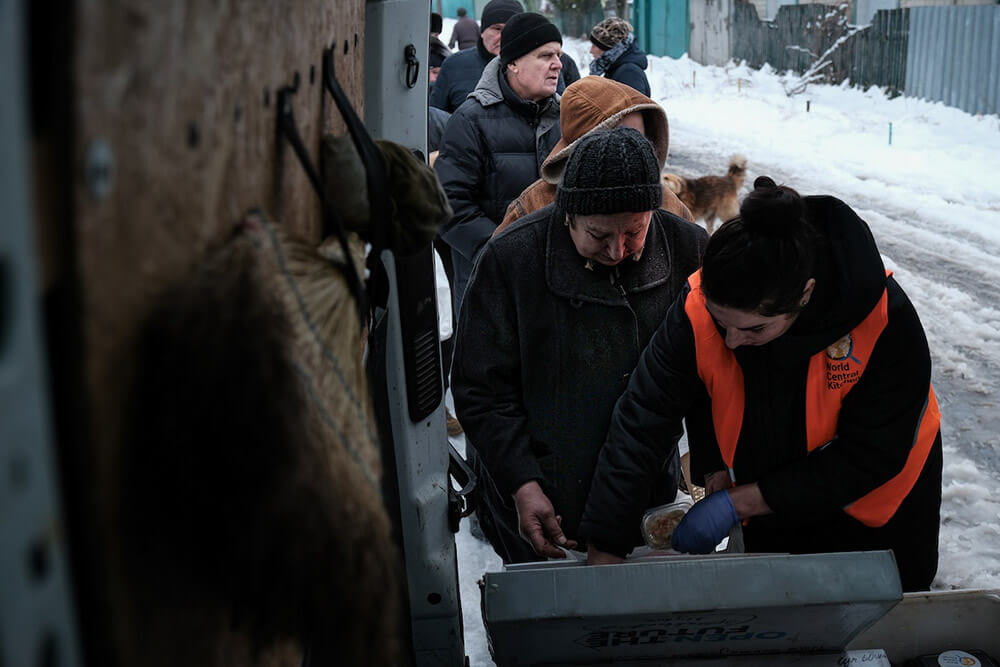
However, in the queues of people waiting for the World Central Kitchen van they are talking animatedly. They even joke with the journalist who writes these lines, when they see her walking through the mud. An older woman tells that her daughter is in Germany, a refugee; another man, that French television once interviewed him. They all agree that they want to live another day.
Door to door
The last stop of the van is the most special. They are bringing food for a single person who lives in a low house quite far from the center, with the typical green fence that is so common in Ukraine. There, 89-year-old Eugenia, who is fending for herself as best she can because she has no family, is waiting for them. She is accompanied only by an orange cat and a dog that jumps up whenever she is near.
"I have a 93-year-old sister in Lyman, she has no children either," she confesses. Lyman also suffered from the Russian occupation in 2022. When the Ukrainian Army liberated the town, amidst completely shelled buildings, its neighbors confessed that they went hungry during those months. Today, like Sviatorhirsk, Lyman is also a long way from returning to normal.
Eugenia walks out to the fence - surrounded by snow - to say goodbye. The smile on this little woman's face seems indelible, like the wrinkles left there by the passage of time. She has resisted the invasion, the lack of food, the lack of medical care, electricity or heating. And it has also resisted the loneliness of war, like millions of elderly people who have refused to evacuate from places where it is almost impossible to continue living.
There are no exact estimates of how many people are currently living in Ukraine without heating, gas supply, drinking water and with continuous power cuts. But the United Nations has already warned that 40 percent of Ukrainians will need humanitarian aid by 2024 in order to survive.
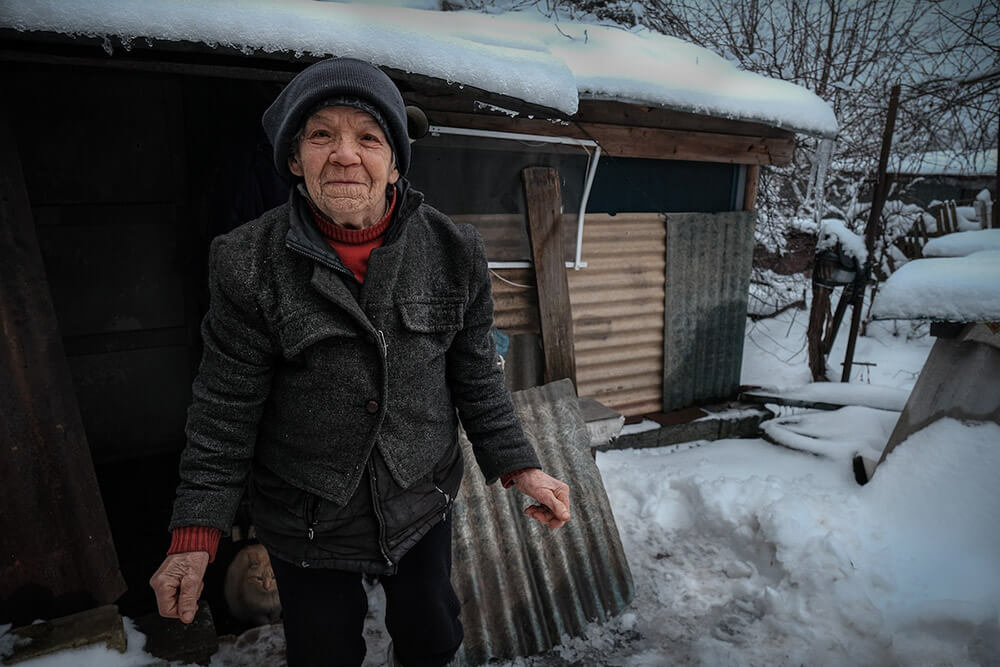
During the first months of the invasion, millions of people poured in to send food, medicine or clothing. From Japan to Australia, the United States or Canada, and of course from the European Union. The images of the war shocked the world, and the response was overwhelming. The problem is that, to this day, many of the people who helped at the time think that the war here is over.
The spotlight has been off for months and Ukraine is no longer on television. And if a conflict is not in the news, it doesn't exist. So hardly any aid arrives anymore, beyond what the big NGOs continue to send. This is the other reality of war, that of oblivion. A forgetfulness of which the Ukrainians who are still here -under the bombs- are also aware. And it hurts them.
Reconstruction
Incoming aid is stored in one of the buildings of the Svyatohirsk Regional Administration. Another woman is in charge of coordination, Olga. She stayed during the occupation because her mother was very old, and when they liberated the city and she saw that her work was useful, she discarded the idea of leaving for somewhere else where she could live in better conditions.
"We need reconstruction," he repeats over and over again. "Reconstruction generates jobs, allows families who are here to stay and others to return," he clarifies. They don't want to be given fish, they want to be able to fish in their pond.
"Now we don't even have a hospital, well we do have a hospital, the building is there, but there are no doctors or nurses," Olga says. The hospital now functions as a shelter for 67 people from the town, whose houses have been bombed. But if someone falls ill, they have to be evacuated - on roads that have also suffered the rigors of combat and are not very passable.
"What do you do when there is a medical emergency?", I ask. "Pray, because the aid comes from Sloviansk, and they are quite overwhelmed there," says Olga, who talks about generating employment as the only solution so that the places devastated by the war become habitable spaces again, where there are doctors, teachers and a future.
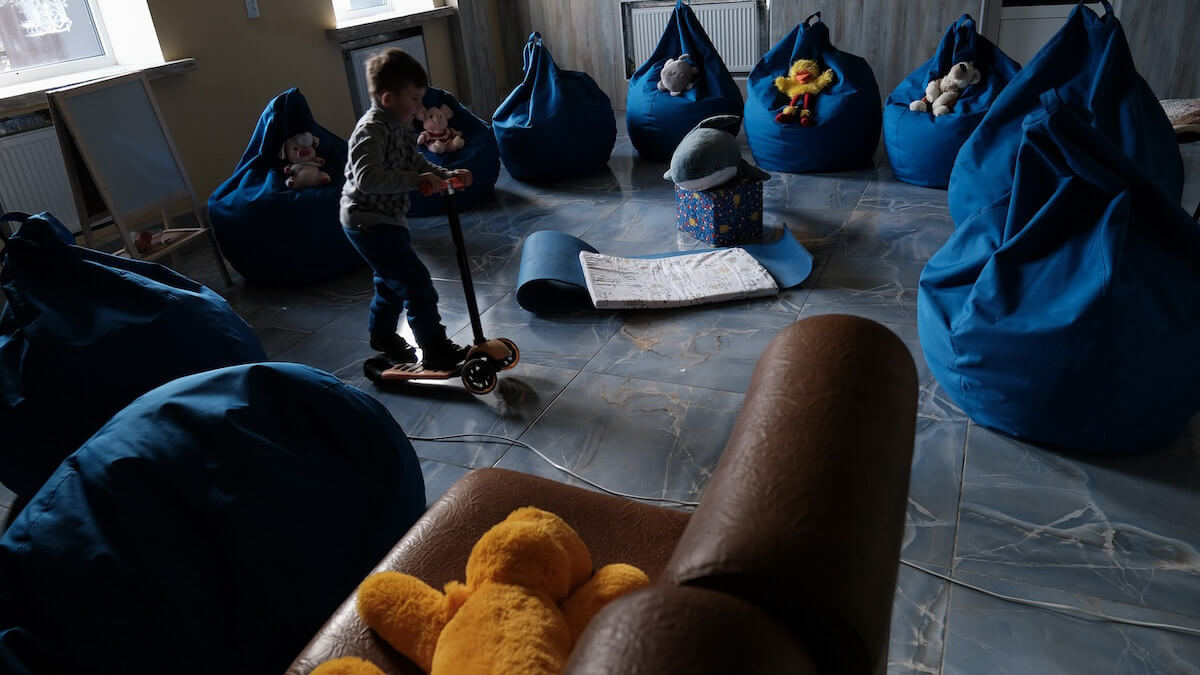
A recent report by the United Nations, the European Union and the World Bank states that 487 billion and ten years are needed to rebuild Ukraine.
But many of the places in need of reconstruction would have to be cleared of anti-personnel mines and explosive remnants before reconstruction can begin. Another titanic job, considering that Ukraine has become the most heavily mined country in the world as a result of the Russian invasion.
No children, no life
As in all regions that are close to the - very long - front line, there are no classes in schools in Svyatorhirsk. In fact, most of the buildings where the schools used to be are damaged. So they have had to start from scratch. It has been another NGO - Ukrainian - that has built a place for the 45 minors who now live here.
"It's important that they have a physical place to come to, where they can play, do educational activities or watch movies. The war is especially hard on them," explains Irina, the mother of one of these children, who glides on a small scooter back and forth as we talk. "Some of the families who have settled here are internally displaced people from places where they have had a very hard time, like Mariupol or Avdiivka," she adds.
It is hard to imagine the traumas that some of these Ukrainian children may be carrying with them. The director of the Children's Hospital and Hospice for Palliative Care in Kharkiv said that since the invasion began, the number of cases of mental disorders in minors, induced by the stress of war, has doubled. "The solution will take time," she said.
In addition to time, special therapies are also needed. In one of the rooms of this children's center in Svyatorhirsk, there is a long table full of paints, markers and arts and crafts materials. "We do art therapy here," Irina explains. Sometimes a sheet of paper and some crayons are the only tools a child has to express what he or she is feeling in the middle of a bombing.
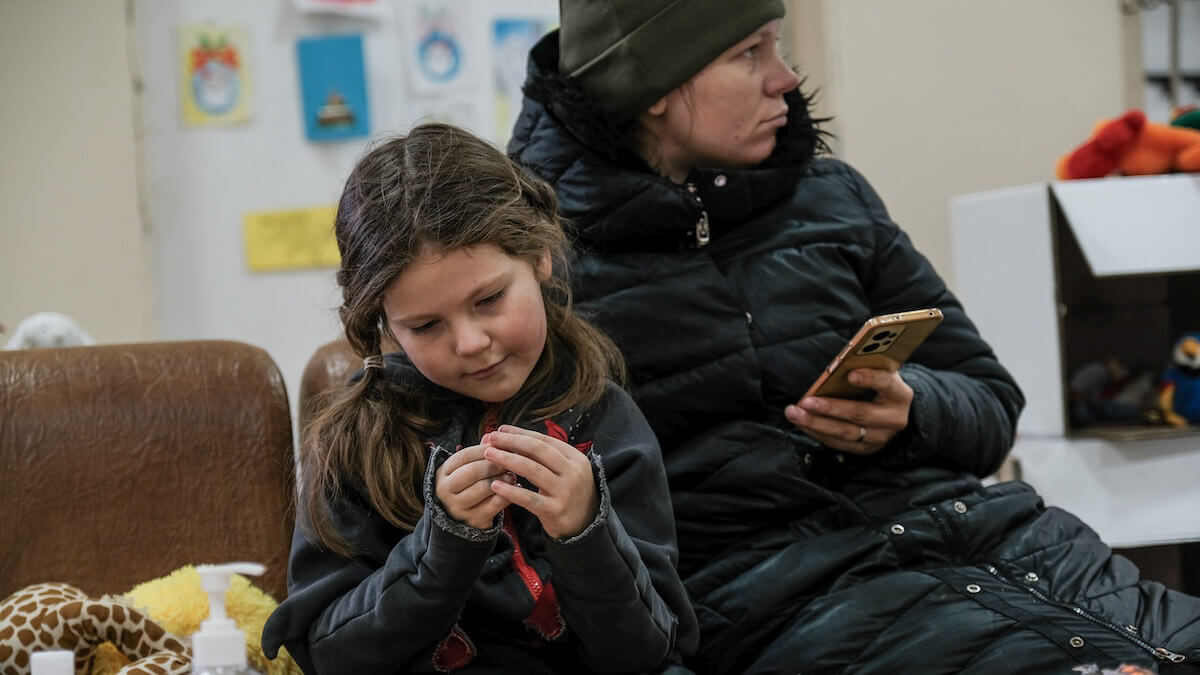
Worsening mental health - in children and also in adults - is another of the "collateral damages" of the bombs that Putin continues to drop with impunity on Ukraine. According to the UN, 10 million people in Ukraine are at risk of acute stress, anxiety, depression, substance abuse and post-traumatic stress disorder.
After two years, the scars of the war in Ukraine run deep. And it's not just those on the battlefield; the worst are those farther away from the front lines. They can be seen in the buildings - shattered by bombs - that recall the desolation, the emptiness and the pain of those who were driven from their homes by cannon fire. But it is in the eyes of the people where they are perceived more clearly.


